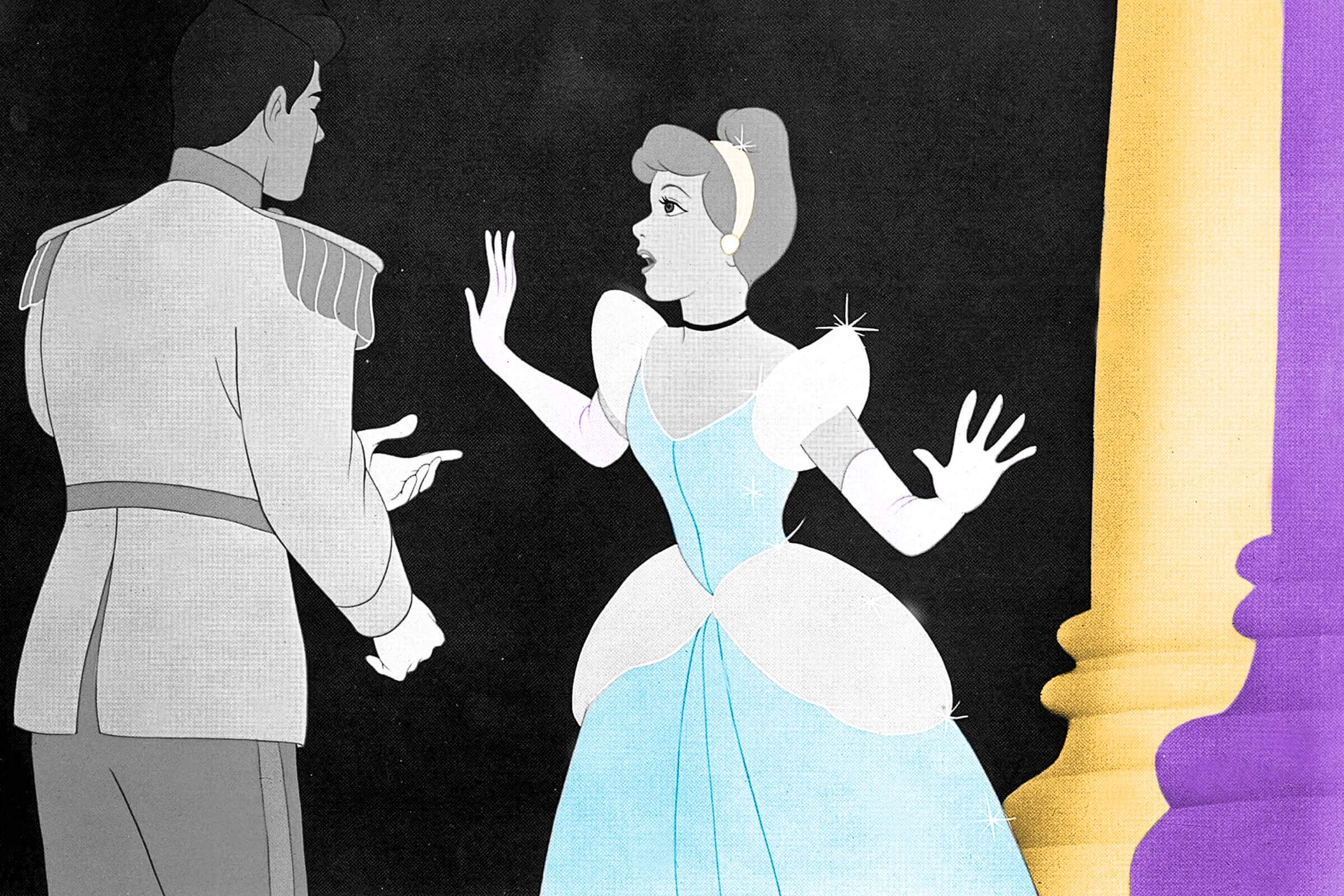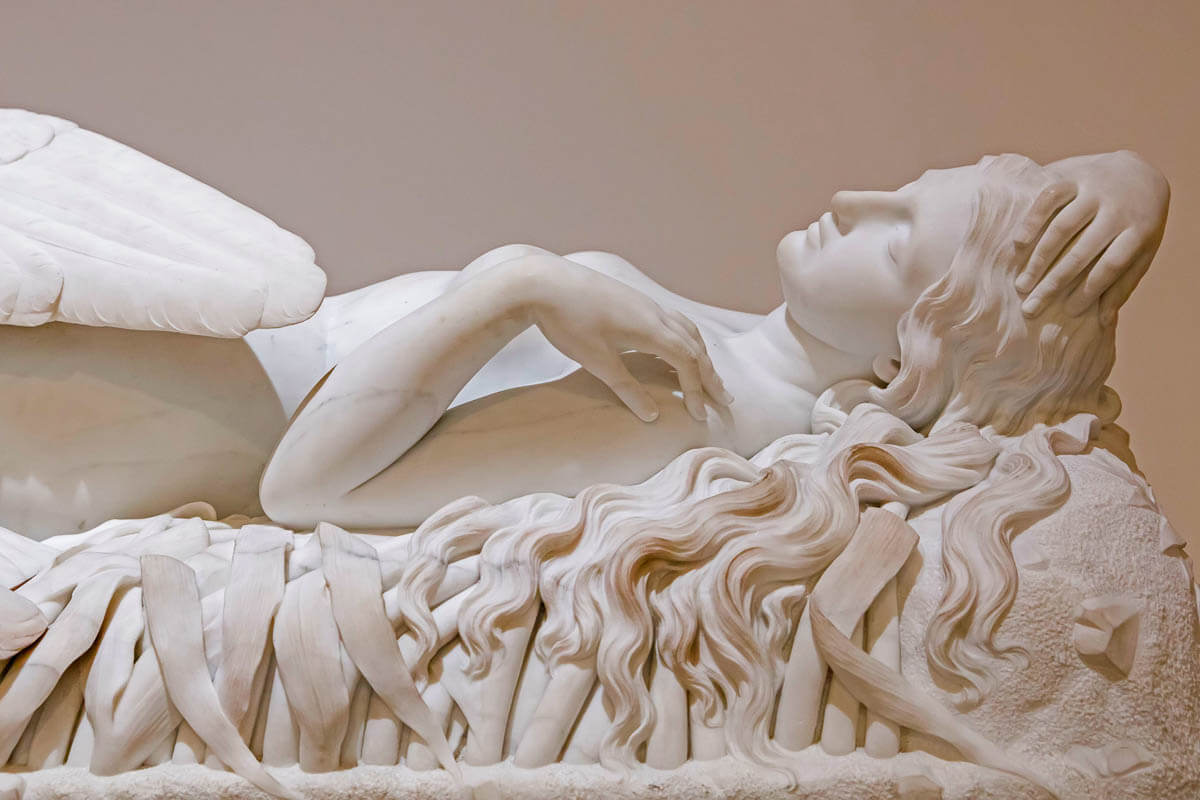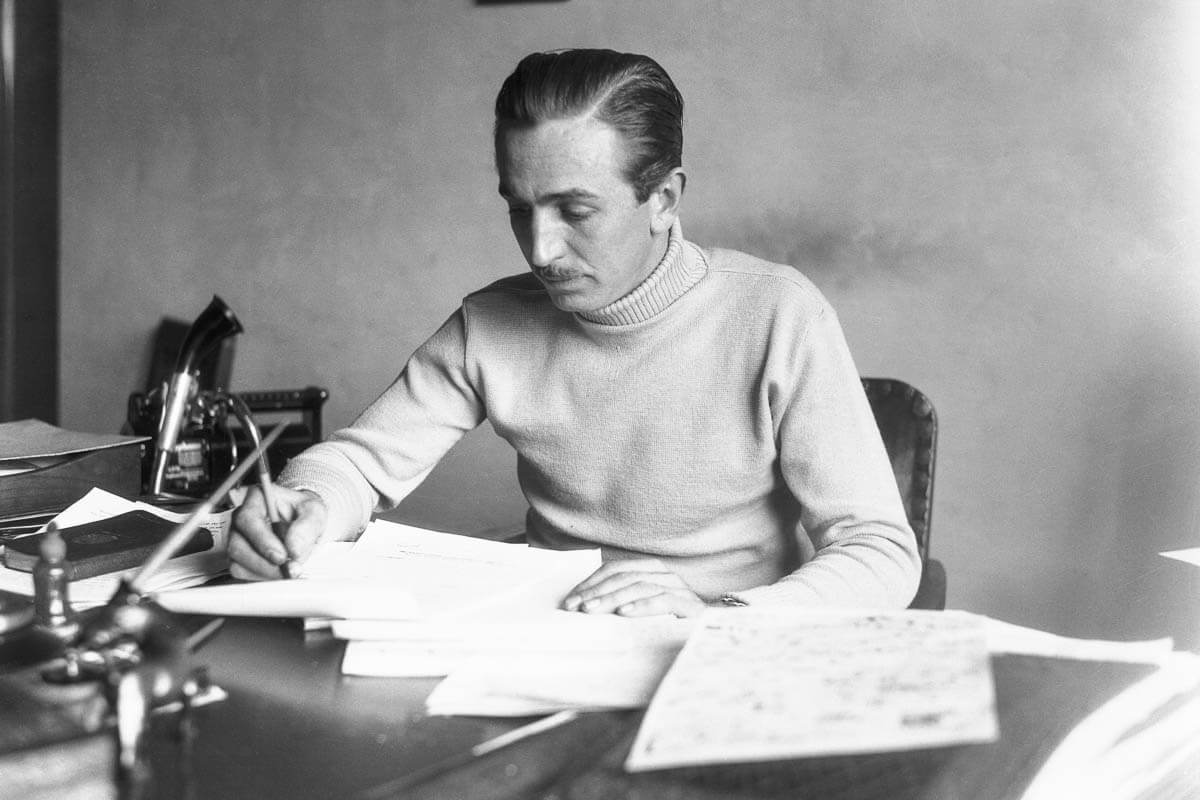

Readers love a rags-to-riches story — which could be why “Cinderella” has such a cultural hold on us, even centuries after the tale was first recounted. Most versions of the famous fairy tale follow the same pattern: A destitute girl yearning for a better life makes a magical friend and gets a boost into better circumstances thanks to a shoe. But not every detail of the fictional servant-turned-queen’s background is predictable — here are six fascinating facts you might not know about the “Cinderella” folktale and movie.
The First Cinderella Story May Have Come From Ancient Greece

The ball-gown-bedazzled Cinderella we know today is far from her origins, which may have been in ancient Greece. Some researchers point to the tale of Rhodopis, a story recorded by Greek geographer Strabo around the first century BCE, as a possible beginning. In that account, Rhodopis is a courtesan whose shoe is stolen by an eagle and dropped into the lap of an Egyptian pharaoh. Seeing the shoe as an omen from the gods, the royal sends soldiers throughout the kingdom to track down the shoeless woman, who eventually becomes his wife. However, not everyone agrees that the tale of Rhodopis is truly the first “Cinderella” story. Some historians say that Strabo’s brief description of the tale is only similar to today’s version in that it hinges on a shoe; the centuries-old version lacks a fairy godmother, cruel stepmother, and other key components we now think of as standard.
There Are More Than 700 Versions of the Story

Whether or not Rhodopis was the first Cinderella, she certainly wasn’t the last. Fairy tales with similar shoe-based plots have cropped up worldwide — some librarians count more than 500 versions found in Europe alone, while global counts are as high as 700.
Culture has played a heavy role in each story’s details. One Italian rendition renames the princess “Zucchettina” because she was born inside of a squash. In the Danish tale, Cinderella (there called “Askepot”) wears rain boots, a detail particularly fine-tuned to Denmark’s rainy climate. However, in the version that has had the most recent popularity, first penned by French author Charles Perrault in 1697, “Cendrillon” is eventually found by her prince thanks to a glass slipper — the first edition of the story to include such a delicate shoe.
The Famed Glass Slipper May Have Been a Political Statement

Perrault’s choice to cast Cinderella’s sparkling shoes from glass may have been less about fashion and more about politics, according to some academic researchers. Historian Genevieve Warwick at the University of Edinburgh believes that the detail was actually meant in part to poke fun at Louis XIV, king of France from 1642 to 1715. During his reign, Louis XIV (who was responsible for developing Versailles into a lavish palace) was known for donning extravagant clothing, particularly shoes. Perrault, who worked as a secretary overseeing construction at Versailles — known for its Hall of Mirrors — and the Louvre (especially glasswork), may have added the glass slipper detail as a bit of satire, mocking the increasingly ostentatious and impractical French fashions of the time; after all, it would be incredibly difficult to actually dance in shoes made of glass.
Yet there may have also been a layer of economic nationalism: Perrault was in charge of setting up a royal glassworks for France, which meant the nation no longer needed to be dependent on the glassmakers of Venice. Warwick thinks Cinderella’s transformation may have been read by contemporary readers as a metaphor for France’s self-determinism, and newfound ability to make the king’s beloved luxury products for itself.
Walt Disney Sketched His First Cinderella Nearly 30 Years Before The Feature Film

Disney’s feature-length adaptation of “Cinderella” premiered in 1950, though the illustrator actually began tinkering with the story some three decades before. At Laugh-O-Gram, Disney’s first studio in Kansas City, the artist tested out his animation skills through an interest in fairy tales. In 1922, the young animator produced a silent, seven-minute version of “Cinderella” in which her only friend was a cat who helped with housework, and her fairy godmother sent her off to the ball in flapper attire and a car instead of a pumpkin. That same year, Disney also put out cartoon shorts of “Little Red Riding Hood” and “Beauty and the Beast” (which the company would successfully return to in 1991).
“Cinderella” Saved Walt Disney From Bankruptcy

Cinderella was Walt Disney’s sixth full-length animated film (following Snow White and Bambi, among others), but it was the project that finally solidified his studio’s success. Disney and a team of animators spent six years developing Cinderella before its 1950 premiere, and the production wasn’t just a major investment of time — it was a huge financial gamble. World War II had slowed the studio’s projects and Disney had racked up nearly $4 million in debts to keep the business running; Cinderella cost around $2 million to produce and would likely have shuttered Disney’s business if it flopped. Luckily, the film grossed more than $4 million at the box office and gained three Oscar nominations for its soundtrack, which helped usher in a new era for Disney’s studio.
Rodgers and Hammerstein’s Adaptation Was Their Only TV Musical

Broadway superstars Richard Rodgers and Oscar Hammerstein II wrote 11 musicals during their partnership, though the duo created only one specifically for television viewers: Cinderella. The 90-minute production featured actress Julie Andrews in the leading role, to glowing reviews. Rodgers and Hammerstein’s sole TV musical debuted on March 31, 1957, and drew more than 100 million viewers — more than 60% of American households tuned in. Like the everlasting story, Rodgers and Hammerstein’s version has been remade for TV and stage time and again in the decades since it aired.
